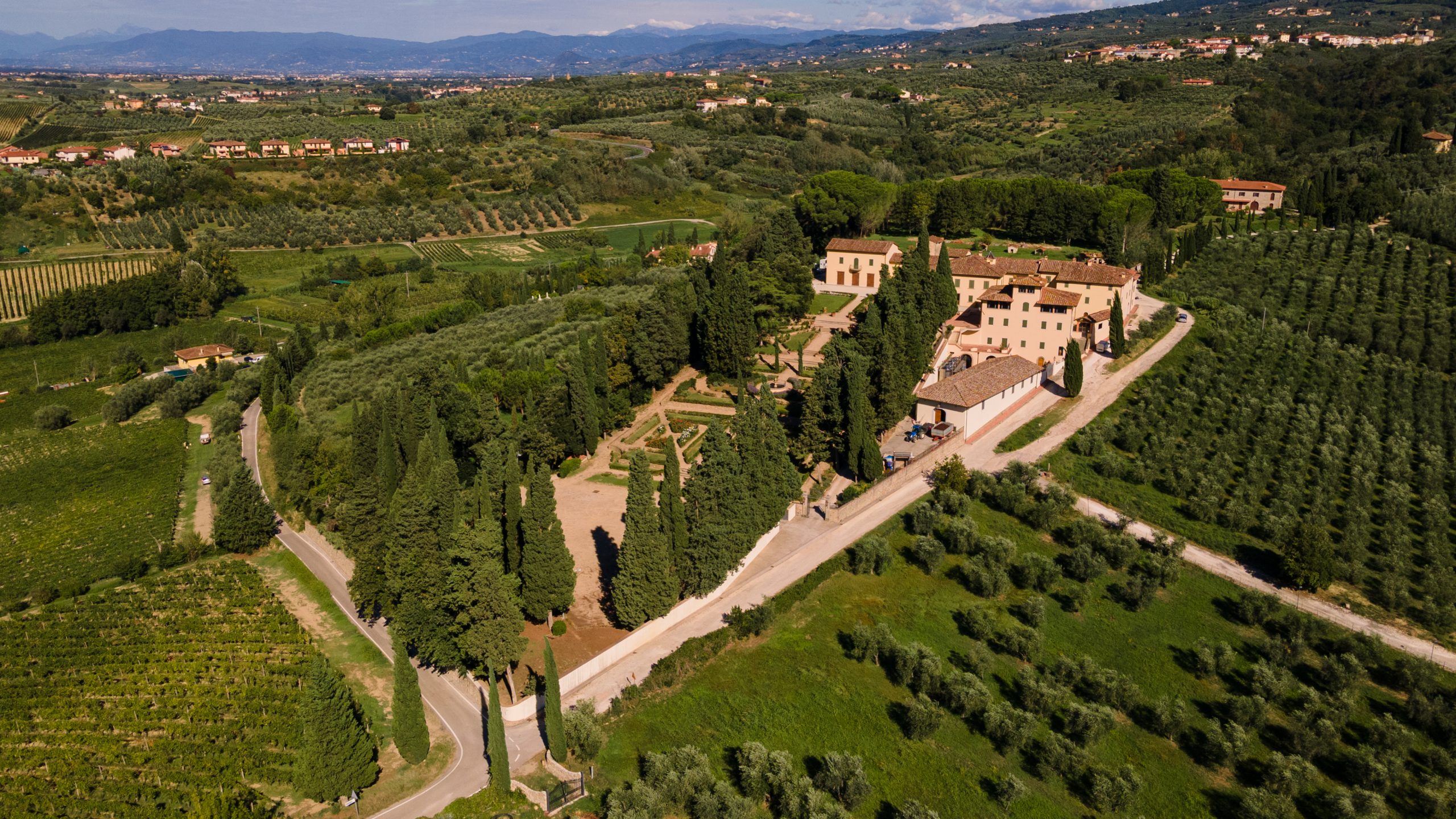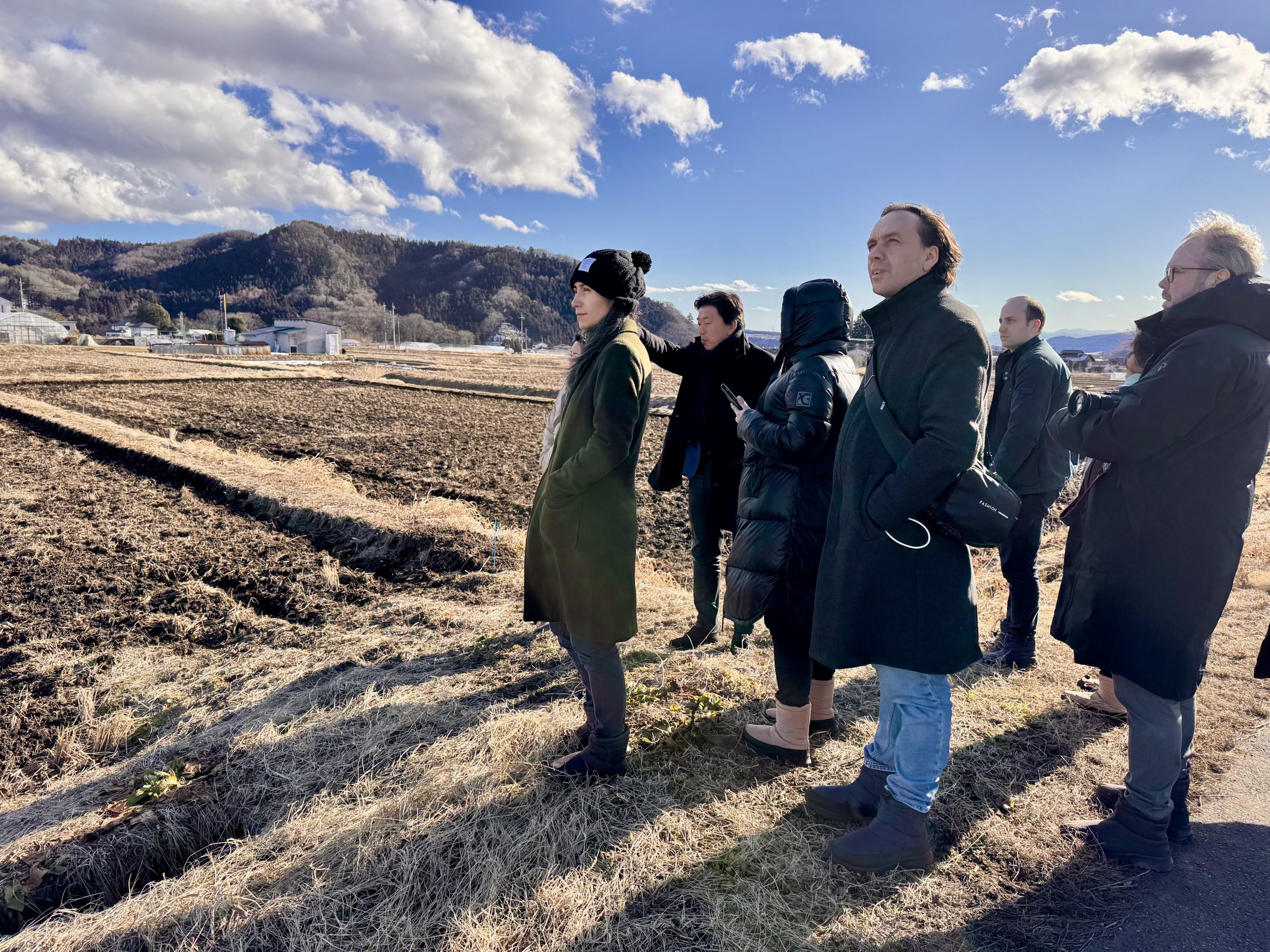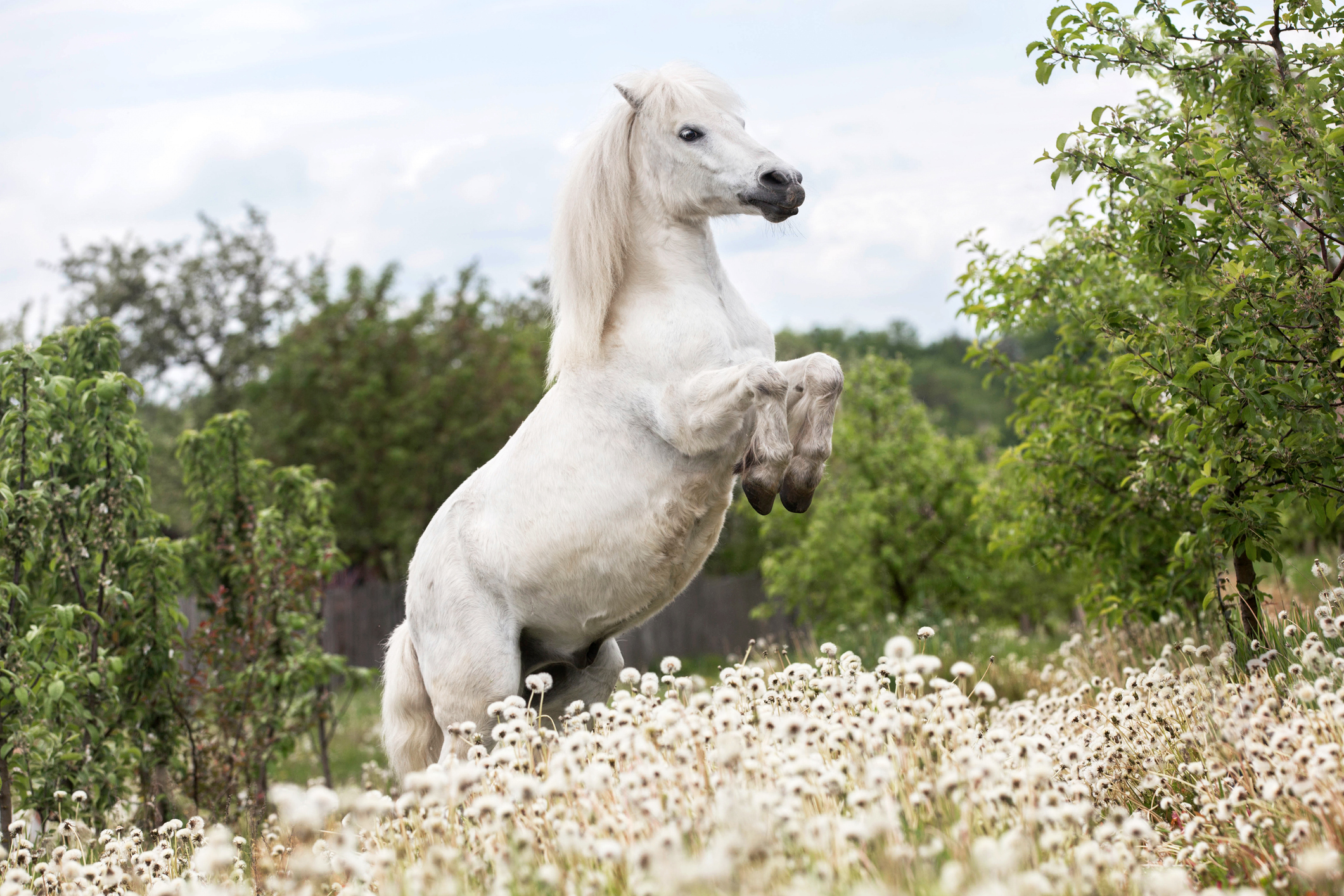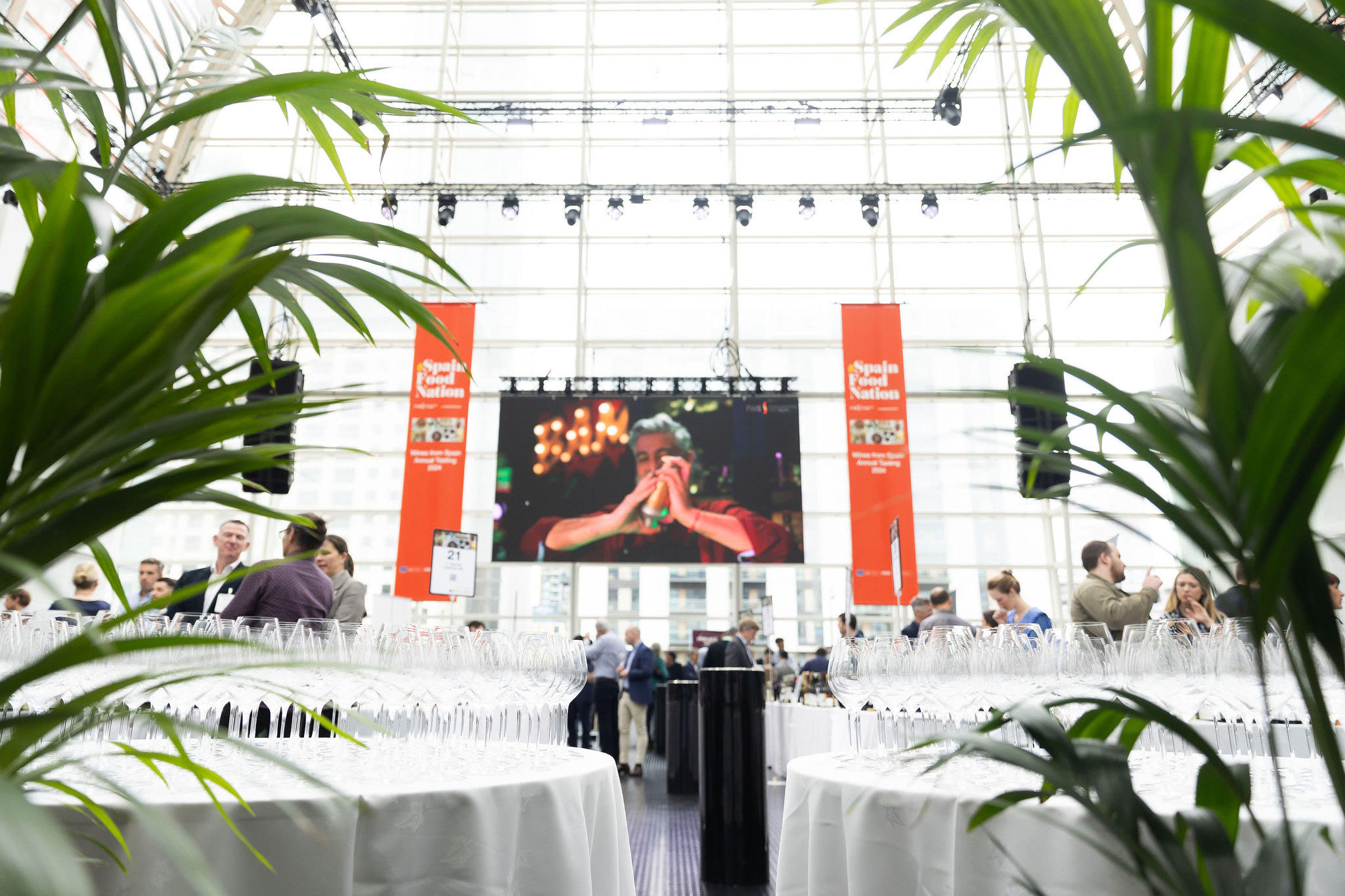Avesso ‘the next star grape of Vinho Verde’
By Patrick SchmittAvesso – a native variety of northern Portugal’s Minho region – has been declared ‘the next star grape’ of Vinho Verde after Alvarinho, by one of the region’s most respected winemakers, Anselmo Mendes.
Anselmo Mendes may have been his reputation on Alvarinho from Vinho Verde, but now sees the quality potential in the Avesso grape from the same region. Picture source: Oddbins
Having achieved notoriety for his work with Alvarinho from the Vinho Verde sub-region of Monção e Melgaço, Mendes told the drinks business that he was now looking more closely at the quality potential of other native grapes from this part of Portugal.
Picking out Avesso as the next variety to attract winemakers’ attention after Alvarinho, he said that Avesso is particularly suitable for barrel fermentation and ageing.
He also said that it was a grape that is well adapted to the schist-based soils found in the region, particularly around the Douro Valley, mentioning the quality of the wines using Avesso from Quinta de Covela, which is located in the Vinho Verde sub-region of Baião, which surrounds the Douro river.
Also famous for the wines from Avesso is Casa de Vilacetinho, which makes wine from a single 30-hectare plot near the Douro, 65% of which is planted with Avesso.
“We are famous as an Avesso producer,” said Joao Miguel Maia, eight generation family member to work at this winery, during a discussion with db last week in Portugal.
Stressing the versatile nature of the grape, he showed an excellent traditional-method sparkling wine made entirely from Avesso, as well as a late harvest wine, and a barrel-aged ‘Reserva’ example using new French oak, along with a range of Avessos either made as a varietal wine or blended with other native grapes from the region.
“Avesso is the next grape to really become trendy in Vinho Verde after Alvarinho and Loureiro,” he said, mentioning a further important grape in the region – Loureiro is Vinho Verde’s most planted variety.
Partner Content
Continuing, he observed, “But Avesso is not at all about aromatics or lighter wines, but about the body, the structure – with Avesso, you look for the character on the palate, it is used to give body to the other grapes, and if you had an Avesso in a tasting of other wines, you would always serve it last.”
Finally, Joao said that the name of the grape, which means ‘upside down’, may allude to the relatively high alcohol levels achieved by Avesso, which regularly reaches 13% abv or more, when the laws for “classic” Vinho Verde stipulate a maximum strength by volume of 11.5%.
According to Wine Grapes (Robinson, Harding, Vouillamoz), the grape is extremely rare, and only found in Vinho Verde, where total plantings of Avesso are 730 hectares.
Meanwhile, Mendes also told db that he was planting Caíño Blanco, another grape that is native to this part of Portugal, and often confused with Alvarinho, although Caíño Blanco is much more obscure and is thought to result from a natural cross between Alvarinho and Caíño Bravo.
A late-ripening grape, in warmer areas of Vinho Verde such as Monção e Melgaço, Mendes said that Caíño Blanco can reach 14% abv, although it retains a high acidity and can produce a “mineral sharp wine if planted too near the ocean”.
For more on Vinho Verde see the May edition of the drinks business.





Fascinating how in Portugal, as happened in Italy, little known local grapes are making an impact